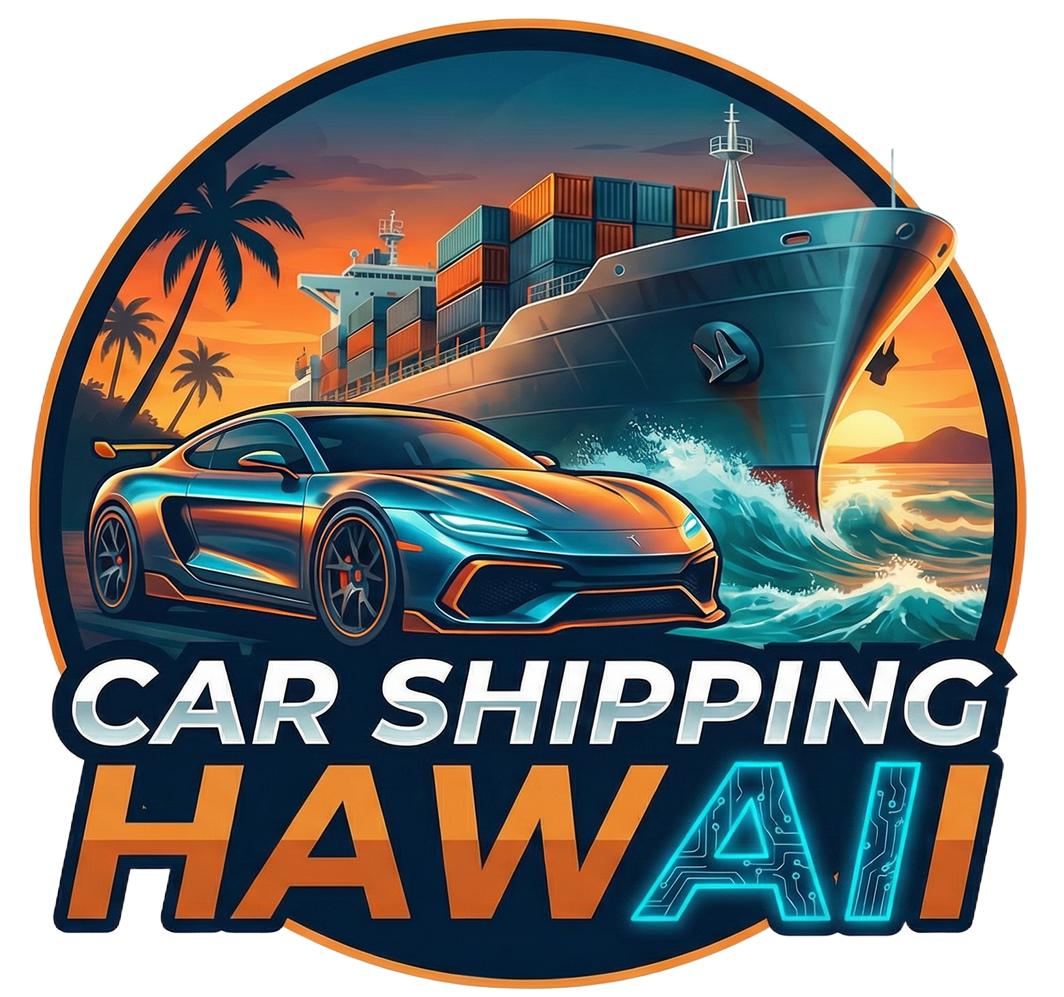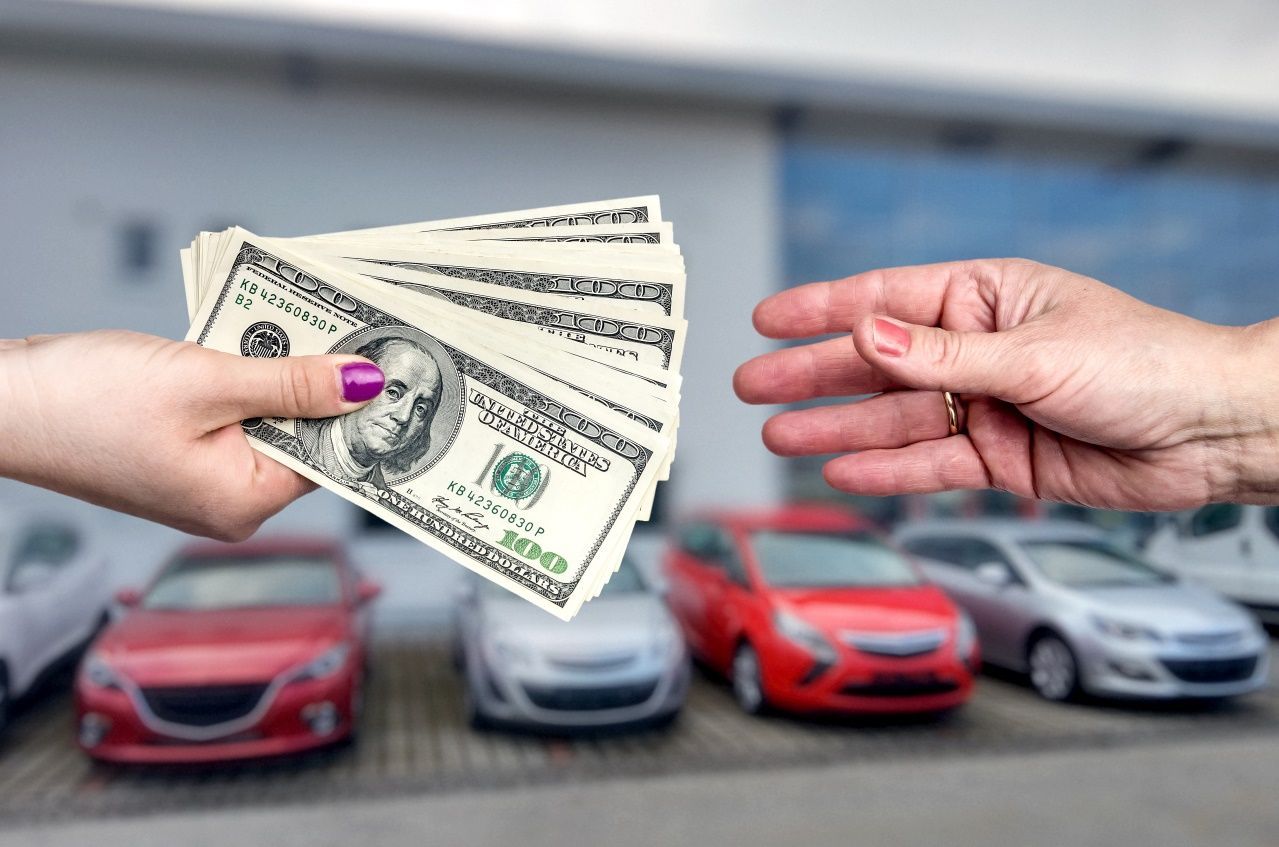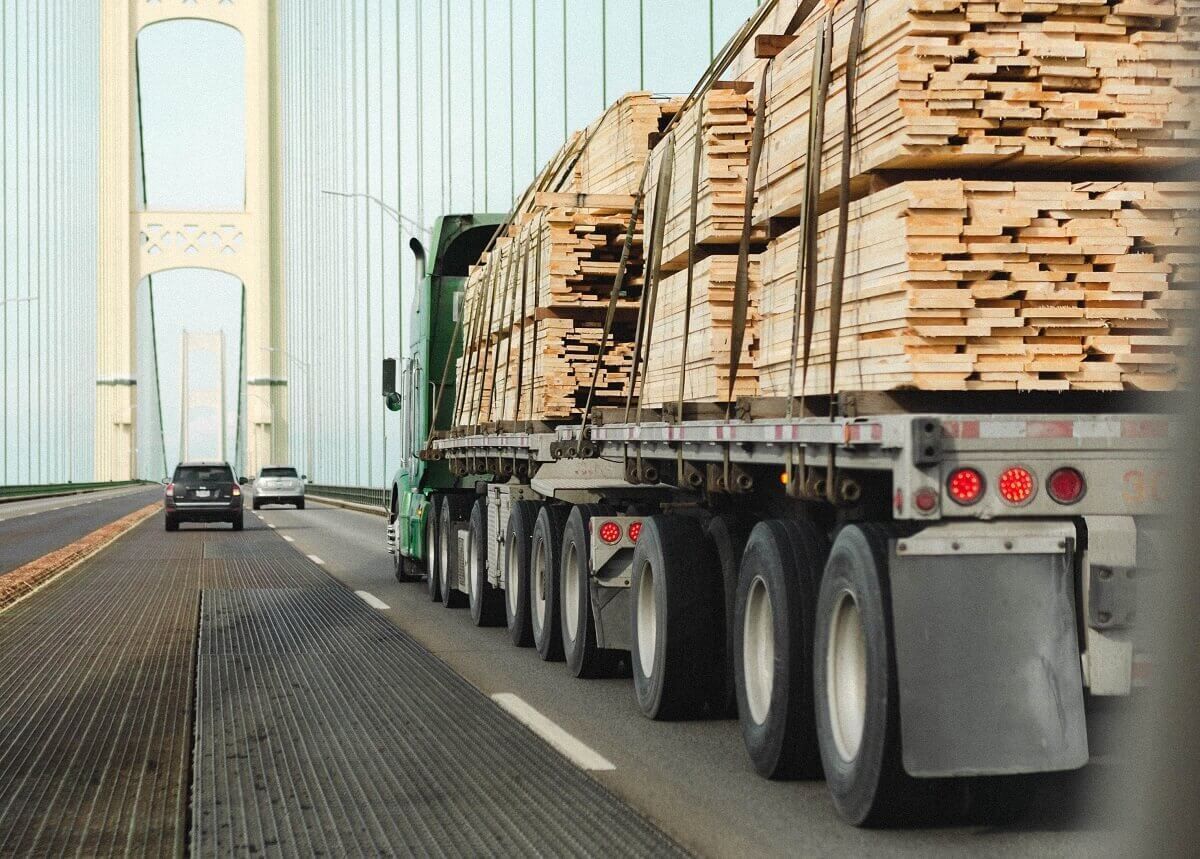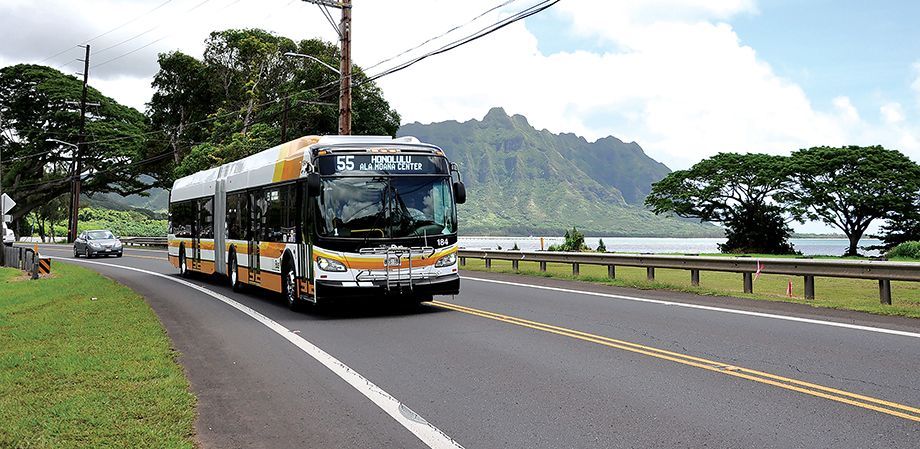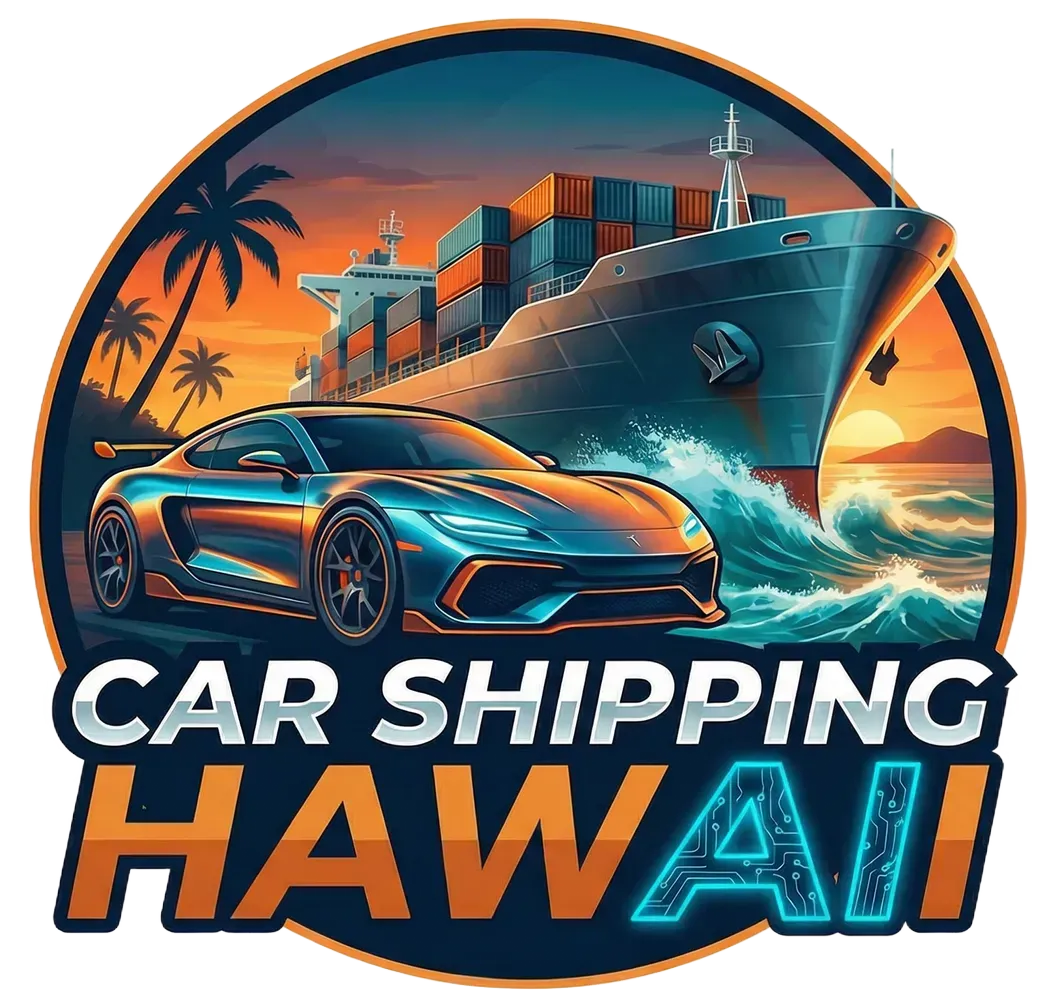Watch Out for Important Details when Loading Your Car
A vehicle hauler isn't any different from every other kind of trailer. However, not everyone knows how to put a vehicle onto a carrier properly. So, let's go through the important details of loading and unloading a car.
The Important Details when Loading Your Car
Loading and unloading a vehicle transporter must be done with extreme caution. Whether you're moving an antique vehicle to a car exhibition or need to pull a car to the repair, safety should always be your first consideration when employing a car transporter.
• Loading Your Car to An Auto Transporter Trailer
The first and most fundamental thing you should do is go around your car and truck and do a visual examination. Examine everything, including the trailer's tires, hauling equipment, trailer anchoring points, hinges, and ramps.
If you see any corroded, bent, or damaged parts, you should replace or repair them before transporting the vehicle. Don't let anything go unchecked, especially if it's a cheap part.
This also means that you should thoroughly examine the trailer's floor, ship car load board, fasten rings, and monitor for looseness. A broken or damaged connection can cause a change in the center of gravity. Such a problem may result in the loss of control of your vehicle transporter.
Also, make certain that your vehicle has the towing capability to transport your goods. Check to see that the towing hook, ball, and trailer are in good working order to accommodate your cargo payload.
After you've thoroughly evaluated your goods, it's time to connect the trailer to your van. The simplest approach for small open transporters is to back the vehicle up to the trailer. For trailers up to around 12' length, this may be done simply by one or two individuals.
It is beneficial to have additional help to assist you while transporting bigger trailers. If you don't have a helper, a wooden stick or a piece of PVC pipe taped to the tow ball might come in handy.
Pull the truck ahead until the trailer and receiver are visible in your rearview mirror. Back up and center the vehicle on the trailer using the stick as a guide. You're close enough to drop the receiver straight onto the hitch when the stick taps the receiver.
Make certain that everything is locked down and that the locking mechanism is secure. After that, connect the trailer harness and chains to the hitch. After you've double-checked everything, you're good to load your car.
It's now time to load your car. Determine which way you will put the car onto the hauler. You have to ensure that the active axle is on the dolly if you use a two-wheel type.
Remember that if the vehicle is rear-wheel drive, the rear wheels must be mounted on the dolly. Front-wheel-drive cars, on the other hand, should mount onto the carrier with the front wheels first.
Please bear in mind that the emergency brake on a truck is insufficient to stop the automobile from rolling while it is being transported. So, when loading and unloading the vehicle from the transporter, be sure you check your wheels.
The tricky part is over once the car is loaded onto the dolly. Now it's just a matter of fastening it all in place and hitting the road. Use tension straps that are rated for twice or three times the load of what you're tying down.
Assume you're strapping down a 2,000-pound vehicle; this means you'll need 4,000-pound tension straps. This way, as you drive, the change in momentum will not overload your tension straps.
• Loading Your Car to A Shipping Container
Now we will talk about how to load cars in a container. When loading a vehicle into a cargo container, use ship cars load board to bring the vehicle over the container edge level and into a central spot.
When car loading in container, do your normal parking method, then check all of the wheels. You can use wood as chocks or, if necessary, purchase specially designed metal chocks.
Once all wheels are firmly chocked, lash them to the fastening eyelets. If the design of your vehicle prevents you from securing tension straps around the wheels, you may lash it firmly in the container using the car's towing connectors.
A typical shipping container will accommodate the great majority of cars. However, this does not mean that you may drive them in and get out easily. When loading, the majority of customers will push their vehicles into the cargo container.
• Transporting Running and Non-Running Vehicles
It is recommended to have a spotter when loading an operating vehicle. Approach the ramps slowly from a sufficient distance to ensure that your car is perfectly straight. Allow your buddy to assist you in moving forward so that your tires are aligned on the ramps.
The movement of the vehicle as it proceeds the ramps and onto the container is usually unexpected. Be prepared, and don't be alarmed if you hear any banging or thuds when the vehicle settles.
A winch is the most convenient way to load a non-running vehicle. If a winch is not accessible, the pure force will suffice. However, it is not particularly safe, therefore load without the need for a winch at your own discretion.
To load a non-running vehicle, back the truck as near and level as possible to the vehicle. Connect the winch to the tow point on the vehicle and have someone sit in the driver's seat to handle the steering wheel.
• Additional Details in Loading Your Car
Low-riding vehicles may require wood planks to reduce the angle of the entrance to the ramps. Lay the ramp planks down and carefully move the vehicle up the trailer ramps onto the container.
Before you leave, take one last look over your car, container, connections, and truck. Check your setup from a distance as well, and make sure the truck and vehicle are both near to level.
You can go whenever you're satisfied with your final examination. Maintain reasonable speeds, especially if you are new to hauling a car. In reality, most truck owner's manuals clearly tell that the top speed for car hauling is 55 mph.
When changing lanes or turning, take your time and use utmost caution. Also, after roughly 10 miles of driving, it's a good idea to double-check your stuff. This will allow you to tighten every strap and chain.
To avoid accidents, stay in your right lane and drive at a modest pace. If you drive faster, be aware that you are likely disregarding the instructions and putting yourself at risk of an accident.
Why Do You Need A Professional Car Hauler?
Transporting your vehicle will be a lot easier with a professional car hauler. You don't have to drive long hours and may spend your energy on something more essential. A reliable car transporter makes it very simple to transport your automobile safely to your destination.
Your car is a precious and essential possession. A reputable vehicle transporter business employs drivers with extensive expertise who have completed an authorized professional training plan. This is why you can put your car in their hands to ship cars load board.
Hiring an auto carrier to move your vehicle can be less expensive, especially if you are shipping car to Hawaii. When you include the cost of petrol, food, and hotel rooms for the entire journey, shipping your automobile may be significantly less expensive.
Using a car carrier may also put you and your vehicle in danger due to unanticipated road dangers, inclement weather, and potential accidents. Furthermore, because it will be car loading in container, it saves fuel and wears and tears on your automobile.
Final Thoughts
Even though car hauling is nothing new for many people, the safety factor can be hit or miss. For any knowledgeable and competent driver with hauling expertise, there is no such thing as being too careful when loading and unloading a car.
Most car-carrying mistakes involve driving too fast, overloading their cars, or failing to hold goods. If you choose a reliable automobile transportation business, such as Car Shipping Hawaii, such issues will not arise.
Car Shipping Hawaii can be the ideal destination for you if you are a showroom owner, a collector, or a private individual who needs to move cars. The company has been operating for a while and is backed by automobile hauling professionals.
All the staff at this car transportation company are friendly and will gladly help you find the right car hauling solution, especially if you ever wonder how much to ship a car to Hawaii. You can simply call, tell them your needs, and they will then give you the best car shipping quotes.
All of the suggestions and tips listed above should make car loading and unloading easier and safer. Don't be afraid to seek expert assistance since companies like Car Shipping Hawaii know how to handle any of your car shipping needs.

